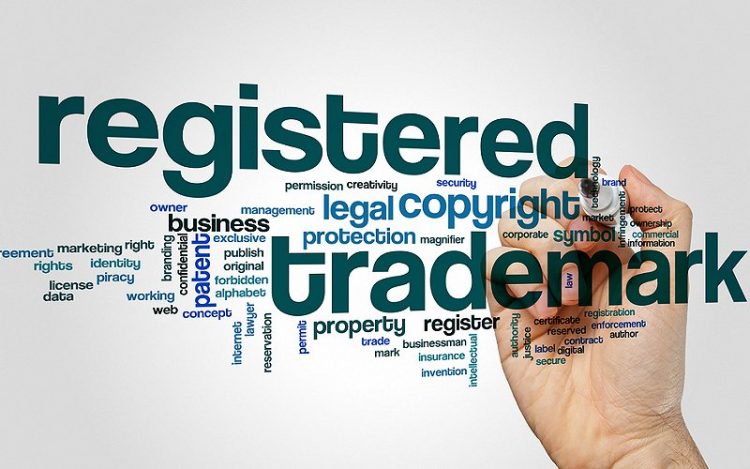What Should I Do If I Find A Similar Trade Mark To My Own?

There’s a common misconception that once a trade mark has been registered, the onus is on the regulatory bodies to monitor the marketplace for any potential infringements and signal any applications for a similar trade mark.
The fact is, the owners of the registered trade mark hold that responsibility and their asset will not be protected optimally if they simply ‘set and forget’ it.
This article covers what you should do if you discover a trade mark similar to the one that you have registered or if you discover that an application has been filed for a trade mark that is similar to yours.
What to Do When You Find a Similar Trade Mark Being Used in the Marketplace
While your first instinct may be to rush in headlong to defend your asset, the best way forward is to keep calm and follow a deliberate process so that you make informed decisions and don’t incur unnecessary costs.
If you come across a situation where your – or a very similar – trade mark is being used in the marketplace, the very first step is to seek advice from an expert such as a trade marks attorney. Trade mark law is complex and there are subtle nuances and a constantly changing legal framework, so it is always advisable to talk to a professional so that you take the appropriate action. They will investigate the context of the perceived infringement and advise what action (if any) needs to be taken.
What Action Will the Trade Marks Attorney Take?
Once all aspects have been considered, the trade marks attorney may then send a letter of demand to the infringer on your behalf. If you send a letter to the potential infringer without engaging the services of a professional, you run the risk of being in breach of the law yourself if you have misunderstood your (and their) rights and obligations.
What to Do When You Find That an Application Has Been Filed for a Similar Trade Mark
Monitoring trade mark applications to pre-empt registration of a sign that is very similar to yours is crucial.
There are several ways of doing this:
- Using the ATMOSS search tool
- Searching the Official Journal of Trade Marks
- Monitoring the trade marks databases of countries where you operate
- Outsourcing your trade mark monitoring to a third party (eg a trade marks attorney)
A trade mark opposition can only be filed once a trade mark has been accepted for registration by IP Australia. You have two months after a trade mark has been publicly advertised as accepted to file a Notice of Intention to Oppose.
How Should I Monitor the Market Place?
It is recommended that you monitor applications at least once a month.
The best way of monitoring the marketplace is through the various search engines (Google, Bing, Baidu, Yahoo!, Yandex etc). By doing regular online searches for the same name as yours as well as for similar names, you’ll be able to identify any trader who may potentially be infringing your rights.
It is also a good idea to set up Google Alerts for your trade mark. This free service sends you notifications when any new content is published on the internet that features a nominated search term. You can set it up so that you receive alerts for your trade mark or for a similar one.
The country or region where the potential infringer is operating is also important. Is their geographical location or area of business likely to affect the operation of your business?
Don’t Be Impulsive About Taking Action
If you find that an application has been filed for a very similar trade mark to your own, it is generally prudent to monitor the situation before taking action. ‘Watch then Act’ is a good mantra in these situations because the applicant may actually only become aware of the similarity in the trade marks when they receive a report from IP Australia. They may then choose to abandon their application.
By watching and waiting before taking action, you can often avoid unnecessary costs and angst.
As mentioned earlier, should IP Australia accept an application for registration of a trade mark similar to yours, you are able to file a formal opposition. However, be aware that opposition is a complex area of the law and professional advice should always be sought. Action should only be taken to prevent registration of the trade mark when there’s a good chance of success.
A Final Thought
Your registered trade mark is a valuable business asset and as far as possible, you should take all reasonable steps to protect it. Monitoring the market place and being vigilant about new trade mark applications are crucial to ensure your rights aren’t being infringed and that you are getting the maximum value from your trade mark.

